Nelo 2011/2012 Vintage Review
Introduction
For a few years I have been intrigued with the Nelo surf skis, the Vintage and the Ocean Ski models, because of their brilliant colors, sleek profile and known quality of their world famous K1’s. Chris Chappell, web master, was also very curious about the Nelo’s having three Nelo K1’s of various models including the Vanquish XXL, Classic Quattro, and the Razor. Chris purchased a used 2012 Vintage in the WWR construction (30lbs) because he was able to fit in the bucket with his large hips. I got to paddle his boat for a week before this review. So after paddling it, I decided to purchase a used, but mint condition, 2011 Vintage in the E construction (23lbs). There are some differences between the 2011 and the 2012 models, namely the construction process, the height of the seat, the rudder lines, height of foot plate, and width of foot well.
Extensive GPS Data
I have time trialed all my skis on the Sakonnet River with years of extensive GPS time trial data. These courses also includes the Sakonnet River Race that have hosted for the last 4 years. This year it was blowing 30 mph in the 10 mile race! The Sakonnet River is a ten mile (one way) by three mile wide channel leading to the ocean with real conditions ranging from flat to 3 foot waves with ocean swells, refractory waves, and rough water on the bigger days.
Below are a total of my GPS training times as of November 23, 2012 on my four Sakonnet River courses. Beside this data, I have New England race data going back many years as well. Before I started paddling Stellar Skis, I raced a different ski every year in all the local races.
# Times Paddled Distance (miles) Hours
1. McCorrie Point to Island Park (6.0 mile) flatter condition course
141 810.85 132.21.09
2. McCorrie Point to Sandy Point (3.2 miles), my sprint course
140 320.09 48.04.01
3. McCorrie Point to Black Point, (6.4 mile) course
271 1580.58 262.32.14
4. McCorrie Point to 3rd Rock, (11.5) mile course, mixed conditions
92 901.62 151.17.26
2011 Nelo Vintage
I paddled Chris’s Nelo Vintage (WWR construction) for three hours with the stock rudder before I switched to my Vintage E construction (23lbs) and put almost eight hours paddling it for this review with several different size rudders in varying conditions from flat to 2 foot seas. My experience with few exceptions is that boats perform similarly in 1 – 4 foot seas while the differences only get magnified as the conditions get bigger. However, you must paddle them in beam, quarter beam, downwind, flat, in chaotic chop, and refractory conditions to get a comprehensive feel of the handling characteristics of each ski. Different rudders sizes and shapes do change the handling characteristics. I tend to play with rudder sizes a lot to maximize the boats speed and stability in various conditions.
What immediately stands out for me with the Nelo Vintage(30lbs)with the 8 inch rudder is that I broke my all-time record on the 1.64 sprint downwind, McCorrie to Sandy point course. That’s right; I have done this course 140 times in every surf ski (approx.30) including Evo, Legend, Uno, V12, SES, SEL, Mako 6, etc. I averaged 8.4 mph for 11.55 minutes. My previous record was 12:04 in one of my SES’s. The caveat is that it was the day before Tropical Storm Sandy with a great incoming tide as you might expect. So this is an outlier in performance. Nevertheless, I have done this course 140 times as stated in all kinds of conditions, tides, with a range of heart rates, and the record stands when I look at my computer log. This will be the time to beat. Subsequently, the times of the WWR or the E construction don’t match up to the overall performance of the SES but make no mistake the Vintage is a High Performance Ski with excellent speed, glide, and seating that is unmatched of any ski I have paddled.
Unique cockpit design
The 2012 Vintage has a slightly lower seat than the 2011 version increasing its stability. The seating in the Vintage’s is far different from any other ski. You sit higher and more erect in the Nelo’s. Just take a look at Tim Jacobs or Michele Eray, both Nelo Sponsored Elite paddlers and see what I am talking about. It is hard to slouch in these boats. They paddled the Ocean Ski Model(faster then Vintage) but the seats share similar characteristics, hence the term “K1” seating in a ski.
Not only do you sit high and erect, your back does not touch the back of the bucket due to the angle. So you can literally place your back on the back deck of the ski. Your butt fits comfortably in this outsourced computer designed cockpit with your knees held closely together and your feet below your knees creating one of the most ergonomic paddling positions in the surf ski industry. This is a tight quartered cockpit and footwell that some may feel constraining. After a few minutes I thought “Wow, this is different” but nice. While most skis now have similar characteristics, none quite match what Nelo has done in this regard. The other feature is that this boat has virtually no hump. I would actually call it a slight bump. The SES has a very low hump but the Vintage his virtually no hump. The benefit is that you can lower your knee height, or upon leg drive extension, your calves make no contact with the hump no matter how short or tall you are. So this feature combined with the relaxed angle of the back of the cockpit, you can fully stretch out your legs while leaning back in the cockpit almost in a prone position.
All this creates a unique paddling position for excellent power transfer from your stroke to the boat. So if stability is not a problem in the conditions you are paddling this ski in, and you have a strong core, you will have a great paddling platform to generate excellent speed from this unique “K1” paddling position. The other advantage of this type of bucket is that it can accommodate many size paddlers from the wide hipped like Chris to the narrow hipped like me with no padding required for me. To go with this unique cockpit is the very narrow catch the Vintage offers. This design is not for everyone it but it does feel like you are in a nice fitting K1. The seat was lowered on the 2012 version, however, I preferred the slightly higher seat in my 2011. Before I get too carried away, there are tradeoffs! The high seat mean less stability as I will point out later. You will need good core fitness because you don’t push against the back of the cockpit to generate power or help with stability.
Footplate
As we know, power is generated through leg drive and that requires a properly designed footplate. While the seat is unique, so is the Nelo footplate. The foot plate is only 6 inches long and is mounted at two different heights in the 2011 and 2012 models. It is lower on the 2012 model since the bracket is lower. However, in both models the footplate does not extend to the hull of the boat creating “NO heel drive” as in other skis. This is more pronounced in the 2011 model where the plate is mounted higher due to a different rail system from the 2012 model allowing more room in the foot well than the 2011 version. A minor difference between the 2011 and 2012 model is a slight refinement in the drain. Both are virtually the same and both drain as fast any ski I have paddled due to the placement and cut out position which looks different from other skis.
Also, the pedals are tiny compared too other skis. So this different type of foot plate takes getting used to. Instead of heel drive, you must use the mid-section of your foot to create leg drive. The footplate unlike some other skis, can be adjusted at various angles which is a plus. The Mohican footplate can be adjusted also with less range. I experimented with the angles until I settled in on a more relaxed angle, similar to my Stellars’ and my Mohican. I think if the angle is too severe, this creates undo stress on your hamstrings especially as we get older or for those of us who typically have tight hamstrings from running. The advantage of not having the foot plate extended to the hull is that your paddle can fit securely under the plate for carrying your ski.
Once I got the footplate adjusted, and this takes some time because you have to unscrew the brackets, I had to fuss with the rudder lines in my 2011 model. Why? The Kevlar line Nelo used has excessive stretching once pressure is put on the pedals. This is the reason some guys switch out the Kevlar line to some other type of spectra line. I retied my lines and added pedal stoppers which improved the handling, but it is far short of the cable system. This problem is totally eliminated in the 2012 version since they move to cable lines which as we know, provide pinpoint steering. Nelo uses bulky cable stops to adjust the cable that have to be reset every time you adjust the length of the footplate. The track requires using the Allen wrench which they provide. This same wrench fits the bolts for the rudder yoke as well. This all takes a few minutes but once done, you are very confident in the a very secure foot plate and steering.
Rudders and Rudder Lines
Once I experimented with the footplate, I also experimented with the rudders. The Nelo stocked rudder is an odd shape/slim 8 inch version. The rudder on the 2012 was a more common shape. So after a few paddles I used a 7 inch traditional rudder. While this improved the speed, there was severe decrease in handling particular in quarter beam chop. After a few more times with this rudder, I then switched to a 9 inch elliptical rudder and then back to the stock rudder. The result is that you need a bigger rudder with this boat. The change to a smaller rudder was more dramatic in this boat then with other skis I have paddled and changed the handling characteristic dramatically for the worse. So use an 8 inch or 9 inch for true ocean paddling. I contrast this to other skis where you can use a smaller rudder but maintain most of the handling characteristics of the boat albeit less stable. I think what is contributing to this is the pronounced rocker the Vintage has and that the cockpit is well forward of other skis.
Speed
Anytime I can consistently average between 7.22-8.1 mph in a certain ski with the current on these courses, I put it in the High Performance Ski category. After all, I did break my record on one of my courses even in the heavier layup. You can refer to the Surfski Comparison Chart for more info. So the Vintage certainly qualifies as a HPS in terms of speed. I would not say it as fast as the upper end skis on my chart, SES, Uno, V12 but more in the range of the SEL Ultra. Both Chris and agreed that the Vintage has excellent glide and his boat at 30lbs certainly did not feel like you were moving a 30lb ski. Because of the rocker, it does not track quite as well as other skis and you certainly need the larger rudders to maintain the tracking. Because of the excellent glide and seating position, you feel as though you are really getting everything out of the boat with no wasted motion or effort. You feel like you are fully engaged sitting upright, feet/knees together, no hump or cockpit impediment, and tight catch. Steering with the 2012 version is pinpoint and it turns on a dime with the cable lines. The 2011 in not nearly as responsive with the spongy lines though I have improved it greatly with my minor adjustments. I did not feel it jumped on the waves like some HPS, however, with that much rocker I did not really expect it too.
Post script: 12/5/2012: I now have more speed data since my initial review based on more time trials. My conclusion is that my 23lb Vintage approximates the speed of my SEL Ultra though their is a vast difference in stability and handling characteristics particularly in moderate to rough conditions. As we know, stability greatly affects speed for all but the elite paddlers. I use the SEL as a reference point, although I could have used another ski for comparison. I would put the 2012 Vintage (30lb)with the lower seat at the speed of the SEL excel layup. With the lower seat and heavier layup, the 2012 version I paddled was significantly more stable than my 23lb(2011 version).
Stability
Nelo says this is an intermediate ski for them and that might be so if comparing it to their Ocean Ski. However, it is clearly a boat that you will need to be in a few times a week like other HPS, to maintain your stability in moderate ocean conditions. It has nice primary stability, much more than I expected and more than my SES’s as a point of reference. The secondary is nice and controlled with no twitch and it is predictable in beam conditions, upwind, and downwind. The 2012 version with a slightly lower seat and at 30lbs was predictably more stable than my 2011, 23lb version with the higher seat. I found that in the chop and refractory waves in both the 2011 and 2012 version, I wanted more secondary earlier when compared to my SES excel or compared to the stable SEL. The Nelo though predictable and with a slow roll rate is always moving(controlled but nevertheless moving) so in the chop this is magnified. Certainly if I paddled the 30lb version often, I could get used to its stability in bigger conditions with my current skill level.
Differences between 2011 and 2012
1. Construction Process: 2012 uses one piece design
2.Footwell wider in 2012 due to placement and design of track.
3.Footplate lower due to lower bracket in 2012.
4. Drain is rounded and sleeker in 2012.
5. Bucket is lower in 2012 version therefore more stable than previous year models.
6. Rudder lines are cable not line in 2012.
7.Rudder compartment is smaller in 2012.
8.Leash attachment different.
Summary
Like most paddlers reading this review, I have to pay retail for all my boats with the exception of the Stellars since I am the Northeast Rep/Dealer for Stellar. At this point, I would not buy a ski if I did not enjoy paddling it and as you can see, I enjoy paddling various skis including my current collection: Mohican(outstanding flat water surfski), my Nelo Viper 55(my 19 mile, 6 portages ROTC race boat), my refurbished Evo(love the seat), and my assortment of Stellars for training and ocean racing(SES/SEL). At this point in the market, there is a ski for everyone to enjoy. Certainly, the Nelo Vintage is a fun ski to paddle with its unique cockpit design, excellent speed and enough stability for me to enjoy paddling in flat to moderate conditions. Lastly, like always, you should paddle a boat before you buy with the following questions in mind to guide you through the process.
- What is your paddling goal? Fitness, racing, social.
- What type of water will you be primarily training in? Flat,ocean, bays, etc.
- How frequently will you be paddling per week? HPS take more time in the bucket.
- Will you own only one ski and want it to do it all? or will you own more skis for different conditions?
- What is your current skill level and will you be willing/able to progress if need be?
- How does the boat fit? Does it fit you in width and length?
- What layup is best for your needs? Lighter is faster/Less stable.
- How much do you want to pay?
- Is customer service important to you?
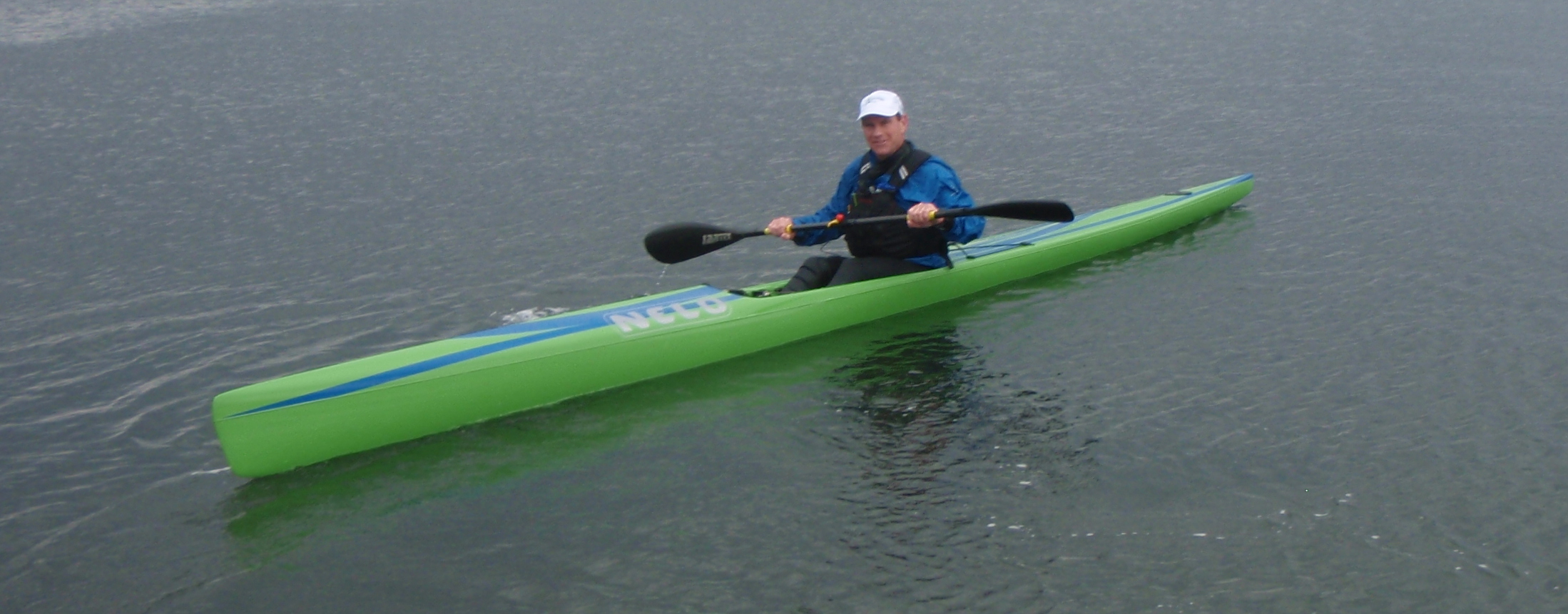
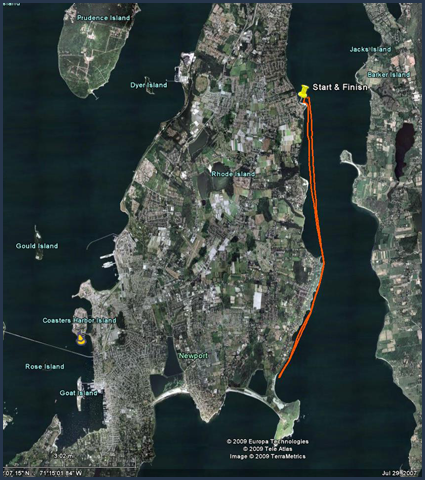

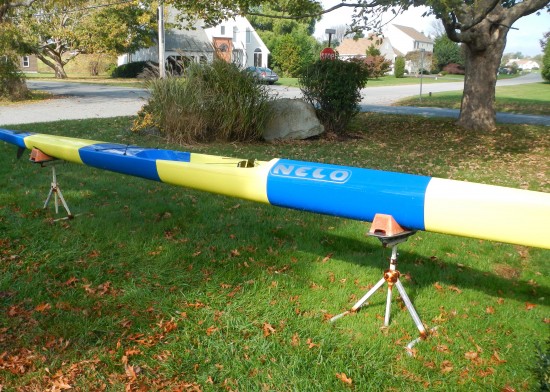
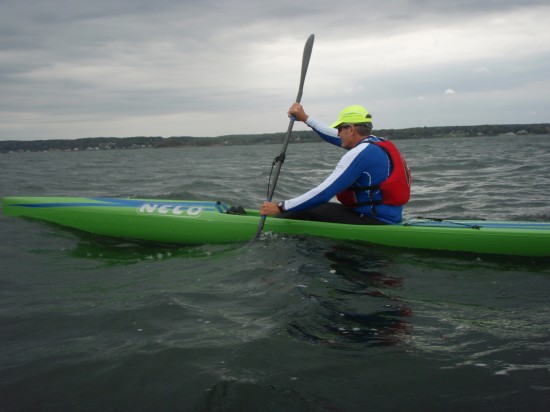
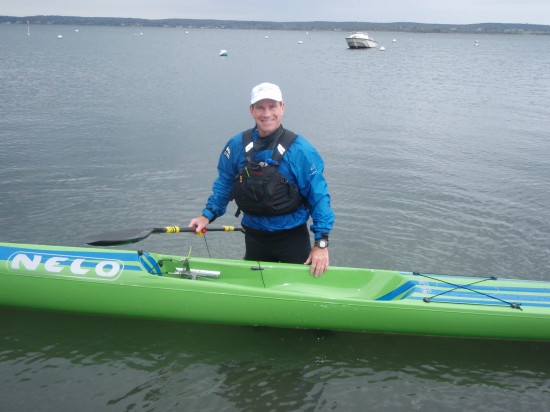
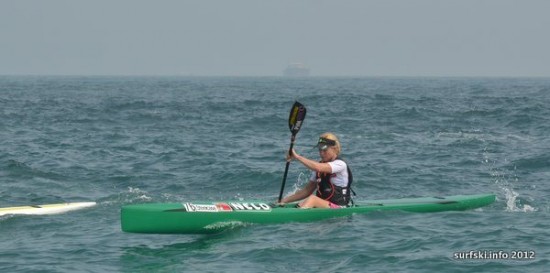
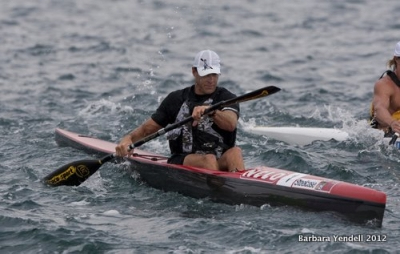
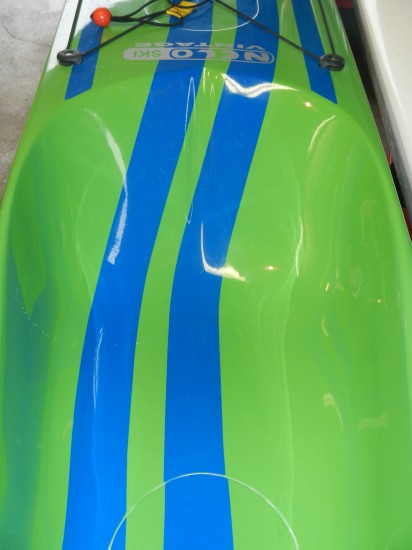
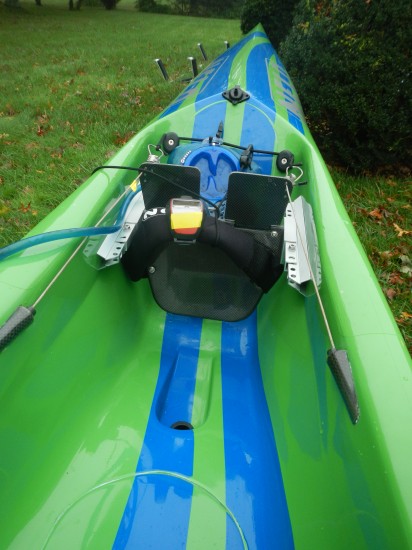
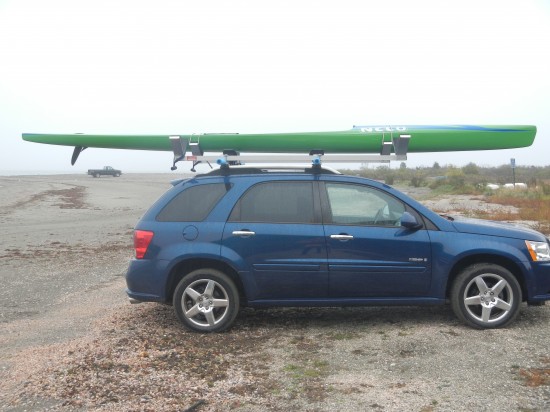
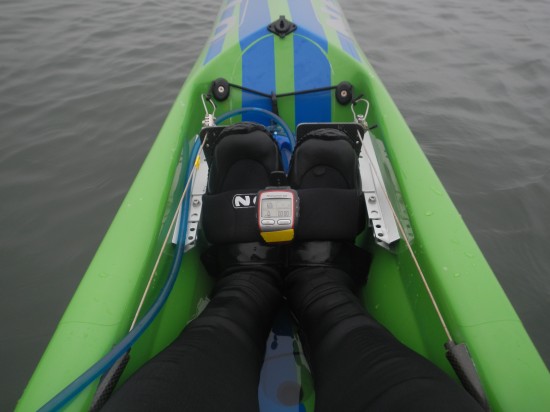
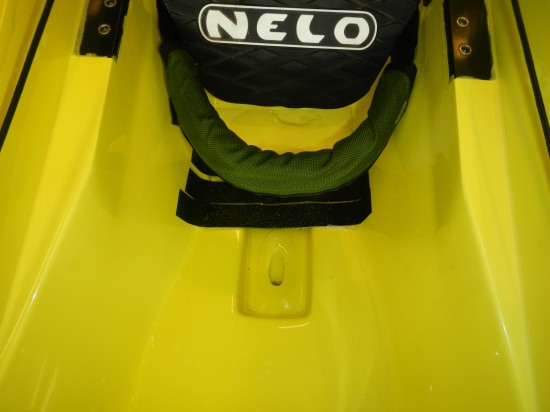
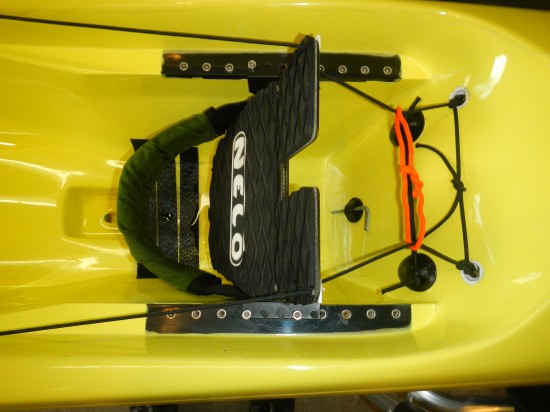

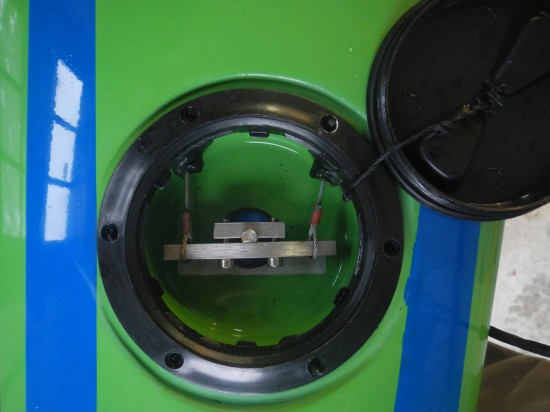
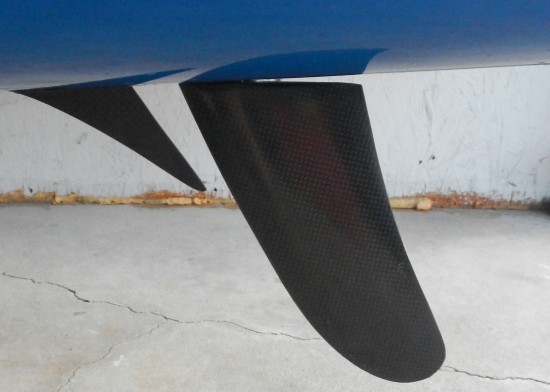
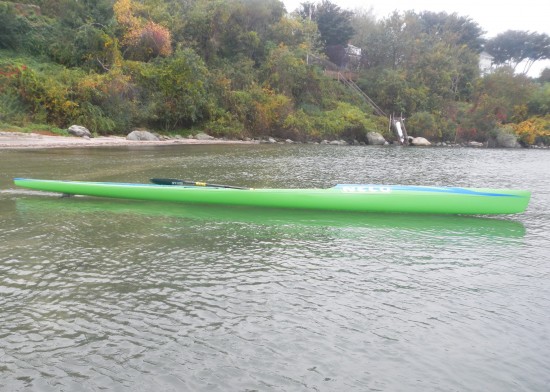
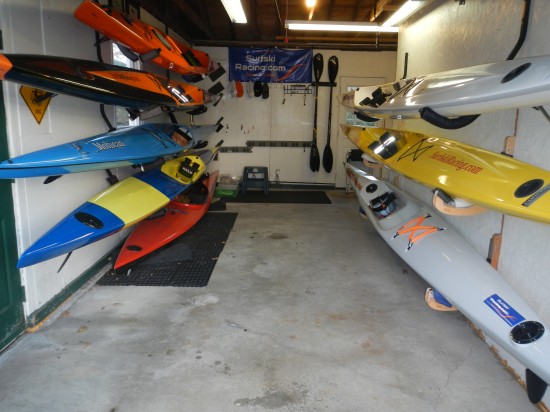
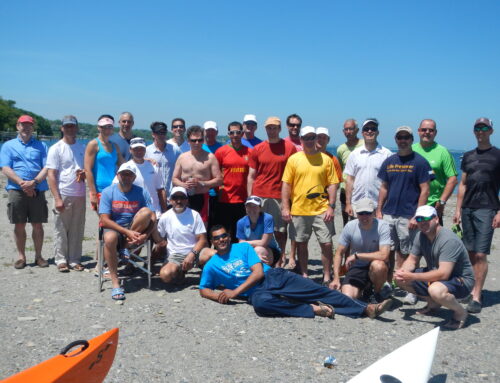
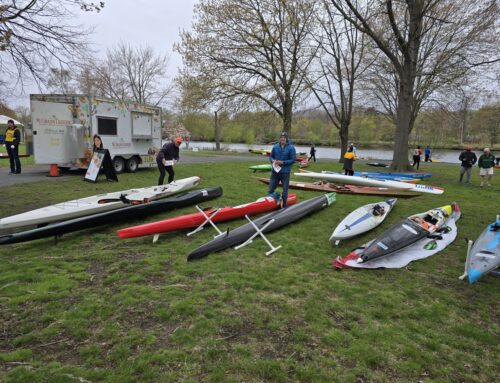
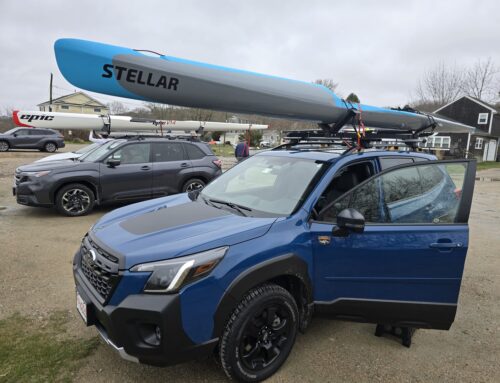
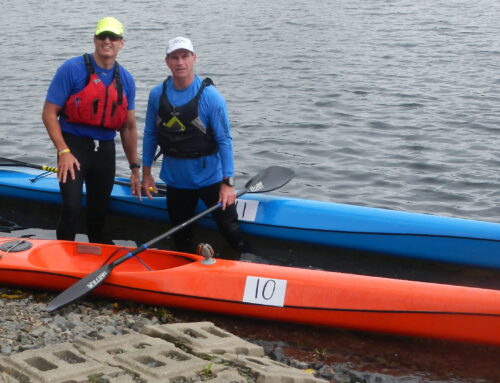
Leave A Comment
You must be logged in to post a comment.